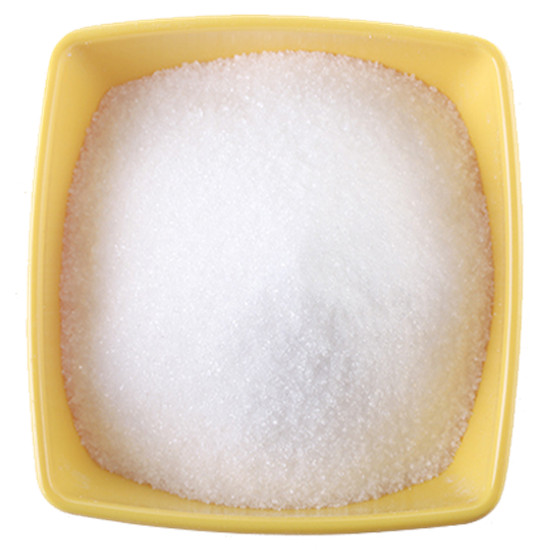
Food and feed additives are substances that are added to food and animal feed to improve their characteristics, enhance flavor, extend shelf life, or meet specific nutritional requirements. These additives undergo rigorous testing and approval processes to ensure their safety and efficacy. The features and characteristics of food and feed additives can vary depending on their specific purpose and function. Here are some common features of food and feed additives:
Safety: Food and feed additives must meet strict safety standards and regulations. They undergo extensive testing to ensure that they do not pose any health risks when consumed within approved levels. Regulatory agencies, such as the Food and Drug Administration (FDA) in the United States or the European Food Safety Authority (EFSA) in the European Union, evaluate and approve additives based on safety data.
Functionality: Food and feed additives serve various functions, such as preservation, color enhancement, flavor enhancement, texture modification, or nutritional supplementation. Additives are carefully selected and formulated to perform specific functions in food and feed products, improving their quality and characteristics.
Stability: Many additives are chosen for their ability to enhance the stability and shelf life of food and feed products. For example, antioxidants are used to prevent oxidation and rancidity, while antimicrobial additives inhibit the growth of microorganisms, extending the product's freshness.
Compatibility: Food and feed additives should be compatible with the products they are intended for. They should not negatively interact with other ingredients or alter the sensory properties of the final product. Additives are carefully formulated to maintain product integrity and ensure consumer acceptance.
Nutritional Value: Some additives are used to supplement or fortify food and feed products with essential nutrients. For example, vitamins, minerals, or amino acids may be added to address nutritional deficiencies or meet specific dietary requirements.
Controlled Dosage: Additives are used in precise quantities to achieve the desired effect without exceeding recommended levels. Manufacturers follow regulations and guidelines that specify maximum usage levels for each additive to ensure consumer safety and prevent overuse.
Labeling: Food and feed additives are required to be clearly labeled on product packaging. This allows consumers to make informed choices and helps individuals with specific dietary restrictions or allergies to avoid certain additives.
Traceability: The origin and quality of food and feed additives are carefully tracked to ensure traceability throughout the supply chain. This helps identify any potential issues, allows for product recalls if necessary, and ensures transparency and accountability in the use of additives.
It's important to note that the specific features of food and feed additives can vary depending on the additive's category (e.g., preservatives, emulsifiers, flavor enhancers, etc.) and the regulations in different countries or regions. The use of additives is strictly regulated to ensure consumer safety and product quality.

